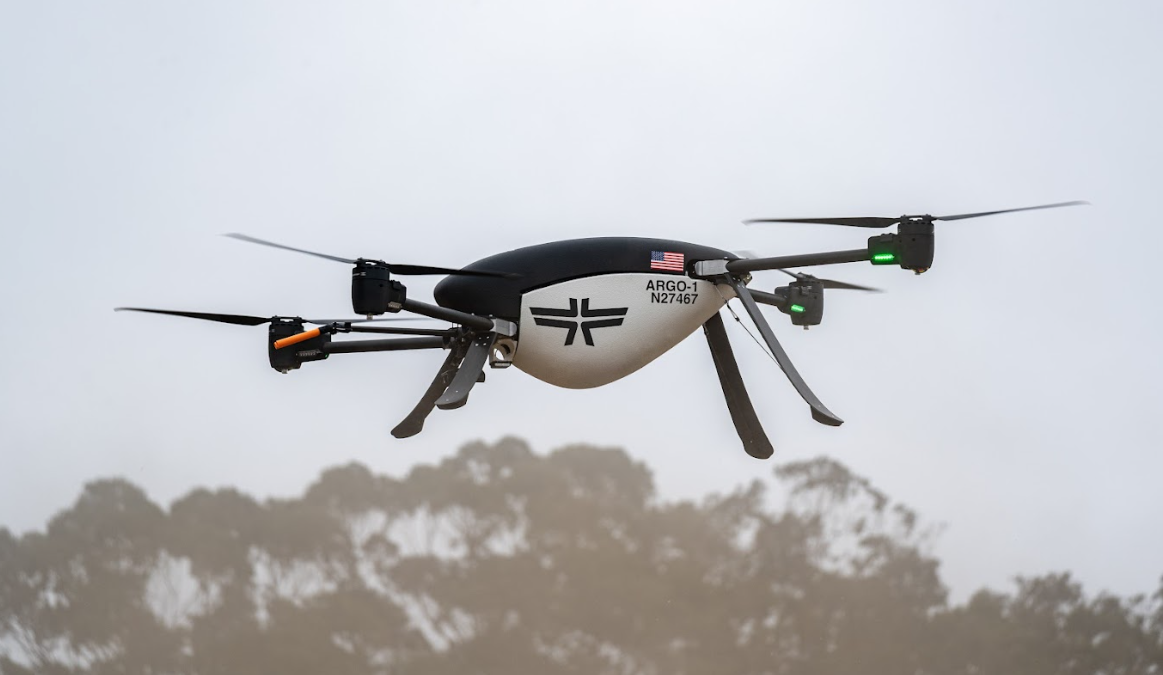DJI Drones in the U.S - Market Locked Down by Scarcity, Security, and Shifting Trade Winds

Since late June 2025, DJI, the world’s preeminent drone manufacturer, has been virtually impossible to find in U.S. consumer outlets. Although there's no official ban on civilian DJI products, a complex mix of regulatory scrutiny, customs enforcement, and geopolitical tension has created a de facto embargo. This shift marks one of the most significant disruptions in the drone industry in years.
DJI’s dominance is astonishing: by some estimates, their share of the U.S. drone market stood near 85%, commanding both brand loyalty and market trust. Its consumer and enterprise models are celebrated for delivering high-end features at reasonable prices, making them the go-to tools for hobbyists, filmmakers, and even public safety agencies. Yet, this very dominance has drawn the attention of U.S. policymakers concerned about national security and supply dependency. They argue that relying on a sole foreign supplier, especially from China, exposes national infrastructure and data to unnecessary risks.
Efforts to restrict DJI in America have been incremental but compelling. Initially, constraints were targeted at federal and military procurement. The 2025 National Defense Authorization Act (NDAA) escalates this by mandating a comprehensive security audit of DJI’s platforms by year’s end. Should DJI either not complete the audit or receive an unfavorable result, its drones will be added to the Federal Communications Commission’s "Covered List." Once there, they would be barred from accessing FCC-controlled radio frequencies—a practical ban on new units.
Concurrently, U.S. Customs and Border Protection (CBP) has increased inspections of DJI shipments, ostensibly under the Uyghur Forced Labor Prevention Act (UFLPA). Although DJI is not officially listed under UFLPA, the company has faced delays and seizures, as authorities cite goods “partially or wholly” tied to Xinjiang as ineligible for entry into the U.S. DJI firmly denies involvement with forced labor or operations in Xinjiang, stating that its production facilities are based in Shenzhen and Malaysia. Nonetheless, the situation has produced real inventory gaps. DJI’s official online storefront is reported to be mostly cleared out, and major retailers including Best Buy, Amazon, B&H Photo, and Adorama have all confirmed stock levels are critically low—though they assert DJI hasn’t withdrawn their product lines dronelife.com.
Adding to these challenges, DJI has opted against a U.S. launch of its flagship model, the coveted Mavic 4 Pro. This latest-generation consumer drone, boasting a 100 MP Hasselblad camera and an advanced gimbal system, has won critical acclaim globally. Yet U.S. consumers are shut out. DJI cites several reasons: soaring tariffs, inconsistent customs enforcement, and the political haze surrounding import clearance. As a result, bringing the Mavic 4 Pro to the U.S. has become cost-prohibitive and logistically unfeasible dronelife.com.
The fallout has been widespread. U.S. distributors and resellers who typically stock DJI gear report that shipments are being detained indefinitely. Though many have explored alternative sourcing—such as importing through third-party logistics channels—these workarounds haven’t solved the core bottleneck. With no clearly defined governmental stance or predictable policies, businesses and consumers alike are in limbo.
Security concerns have been the central justification underpinning this shift. U.S. lawmakers express fears that Chinese-made drones might be exploited for espionage or unauthorized data gathering. DJI has responded by implementing mitigations such as “Local Data Mode,” which prevents internet-connected logging, and allowing third-party software integrations. Critics argue, however, that more transparency and independent testing are needed to fully address potential vulnerabilities. While DJI disputes such claims, stress tests have repeatedly shown that its systems aren't secure by default with respect to U.S. regulatory expectations.
Beyond immediate security anxieties, this disruption has spotlighted the systemic weakness of overreliance on a single provider. As DJI's availability plummets, domestic manufacturers now have a momentous opportunity—though it won’t be easy. To seize this market cap, U.S.-based companies must compete on both price and performance. Historically, DJI's tight integration of hardware, software, and supply chain has been difficult to replicate.
From a broader industry perspective, this could signal the beginning of a fundamental realignment. If the security audit and customs review strain DJI long-term, those vendors already developing alternatives stand to benefit. The FAA and government agencies are wary, citing watchdogs that argue we need a more resilient and diversified domestic drone ecosystem. Government grants, partnerships, and incentives targeted at scaling up U.S. drone production may soon follow.
Still, for now, DJI drones remain legal for civilian U.S. use. The company has not been outright banned, but consumers increasingly find themselves unable to buy them. Even cloud retailers are reporting near-zero inventory and unreliable restock timelines. Whether this is a passing hiccup or the launch of a sustained pivot away from Chinese-made drones depends on several key variables: the outcome of the NDAA-mandated audit, the persistence of customs enforcement under UFLPA, how U.S.-based drone manufacturers respond, and evolving political will.
In essence, the U.S. drone market faces an inflection point. DJI, the world-class innovator in drone technology, remains caught in the crosshairs of national security and global trade tensions. If the domestic industry mounts a credible challenge, it could reshape the future of consumer and enterprise drones. But in the absence of an immediate, high-performance, and affordable domestic alternative, many Americans will be grounded—drone hardware in hand but unable to fly. Only the interplay of regulatory resolve, manufacturing capacity, and consumer demand will map the way forward.


.jpg)


